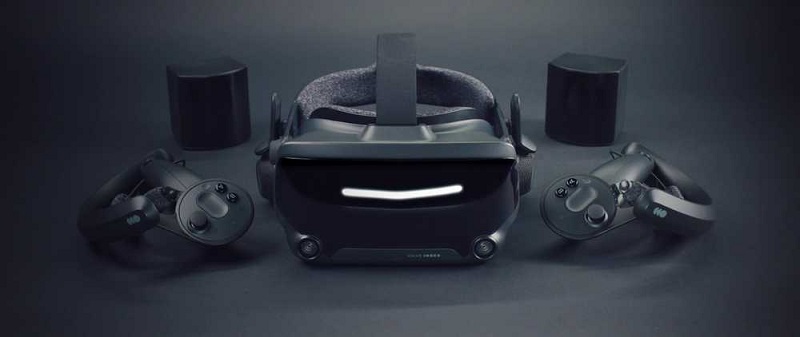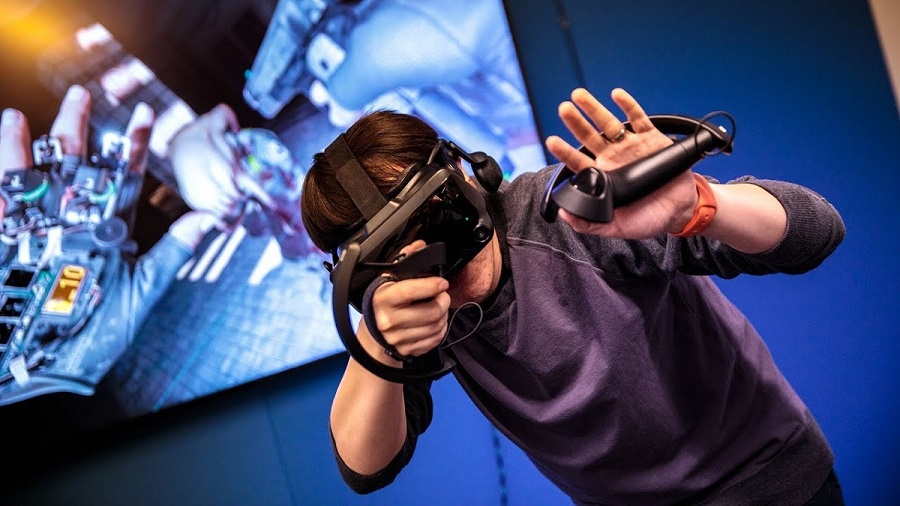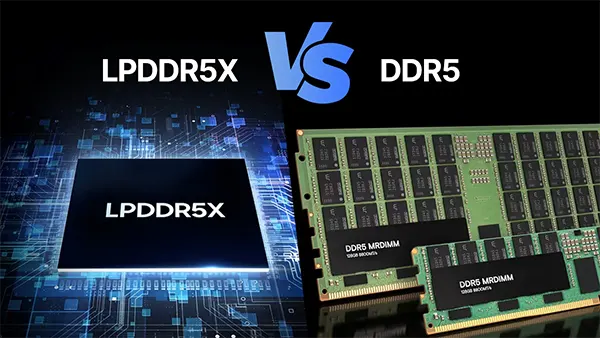
Exploring the Valve Index: A Deep Dive into VR Evolution
The realm of Virtual Reality (VR) has evolved remarkably over the years, transitioning from a concept in science fiction to a tangible, immersive experience. The journey of VR technology is a testament to human ingenuity and technological advancements. In this article, we explore this journey, focusing on the Valve Index VR headset, its features, and its place in the current market.
About VR Technology: The Evolution and Popularity
Virtual Reality technology has its roots in the mid-20th century, evolving from simple stereoscopic viewers to complex, interactive systems. The development of VR was driven by a desire to create fully immersive digital experiences, a goal that has been increasingly realized over the past few decades. With advancements in computing power, graphics, and sensor technology, VR has become more accessible and popular, finding applications in gaming, education, and even medical training.
Today, VR technology is not just a niche for tech enthusiasts but a rapidly growing industry, with various companies investing heavily in developing more advanced and user-friendly VR systems. The popularity of VR is evident in its widespread adoption and the growing demand for more immersive and realistic experiences.
About the Valve Index: Creation and Development
The Valve Index is a product of Valve Corporation, a renowned name in the gaming industry. Officially released in June 2019, the Index was developed with the aim of pushing the boundaries of VR gaming. Valve’s extensive experience in gaming and software development played a crucial role in shaping the Index, with a focus on high-fidelity visuals, sound, and ergonomics.
The development of the Valve Index was marked by collaboration with other tech giants and extensive research in VR technology. Valve’s approach was to create a holistic VR experience that went beyond just hardware, integrating seamlessly with their gaming platform, SteamVR.
The Index’s release was met with anticipation and enthusiasm, as it promised to deliver a more advanced and immersive VR experience compared to its predecessors and contemporaries.
Advantages Over Analogues
Superior Visual and Audio Fidelity
The Valve Index sets itself apart with its high-resolution displays and a wider field of view, providing crisp and immersive visuals. Additionally, its off-ear audio system delivers high-quality, spatial sound, enhancing the overall VR experience.
Advanced Controllers
The Index’s controllers are celebrated for their precision and versatility, offering natural and intuitive interaction within VR environments.
Comfort and Adjustability
Designed for extended use, the Index features ergonomic adjustments, making it one of the most comfortable headsets on the market.
SteamVR Integration
Seamless integration with SteamVR provides users with a vast library of VR content and a familiar, user-friendly platform.
Future-Proof Technology
With continuous updates and support, the Valve Index is positioned as a future-proof device in the evolving world of VR.

Disadvantages of This Equipment
Despite its advantages, the Valve Index is not without its drawbacks. Its premium price point makes it less accessible to the average consumer. Additionally, the requirement for a high-end PC to run it effectively limits its user base.
Another concern is the headset’s weight, which, despite its comfortable design, can be cumbersome during long gaming sessions.
Investing in the Valve Index: Worth It or Not?
When considering investing in the Valve Index, it’s important to weigh its advanced features against its cost and requirements. For avid gamers and VR enthusiasts seeking the highest quality experience, the Index is a worthy investment. However, casual users might find more value in less expensive and less demanding VR systems.
In conclusion, the choice to invest in the Valve Index depends on individual needs, budget, and level of interest in VR technology. As the VR market continues to evolve, the Valve Index remains a significant player, setting high standards in immersive gaming experiences.




